There is a story that has been told to the point where it has become impossible to distinguish between truth and fiction. In the 17 th Century, there was an Indian King who believed himself a chess master. The King would challenge anyone who came to his castle, winning more times than not. One day, a wanderer walked into the King’s domain and was challenged to a match. The King stated if the wanderer could beat him, he could have whatever he liked. The wanderer carefully contemplated his wager. After a brief pause, the wanderer said, “All I ask is for one grain of rice for the first square on the board, with each square following doubling the last.” The King agreed. What the King did not know was the wanderer was a chess Grandmaster.
The wanderer beat the King and the King had his servant place one grain of rice on the first square, two on the next, four on the next…
The King apologized to the wanderer, claiming it was impossible to fulfill his promise. The King realized that the 64 th square on the chessboard represented 18,000,000,000,000,000,000 grains of rice, or 210 billion tons. More rice than India had in its possession. The wanderer stated he understood it was an impossible bet to satisfy and he would accept payment annually in gold or land. The moral of this story is to impart upon the reader the importance of starting to invest, even if the amount seems as miniscule as a grain of rice.
The S&P 500 historical return is roughly 10%. If you invested $100 a month in the S&P from the age of twenty-one to retirement age (67), you would have accumulated $958,000!
So, why are people not investing? One word: fear. People fear what they do not understand. That trepidation and insecurity manifests itself in either ignoring the root of the fear or, worst of all, discouraging others to gain knowledge because of your own anxiety. Not trusting banks, keeping it
under the bed, and not having enough to invest are poor excuses. In the end you are only damaging your ability to retire and hindering the opportunity to accrue and pass on the all-important generational wealth.
Imagine if you opened a brokerage account for your child and contributed $20 a month from their birth until they were 21 years old. That child would have $15K upon exiting college. If that child contributed $100 a month to that account from age 21 until retirement age, you could sleep easy knowing your child would more than likely have $2 million once they retired.
Now consider building out your portfolio with reinvested dividends, an employer 401K, 403(b), Keogh Plan, TSP, IRA, and/or a Health Savings Account and you would be amazed at what your net worth could be. I know I am beating a dead horse, but if you look at these numbers and wonder why no one told you this before, I have done my job. You are losing money by not investing. In finance, it is called opportunity cost. You are costing yourself growth by failing to invest but instead spending that money on unnecessary items or allowing inflation to destroy it.
I will leave you with one more story to explain the importance of consistent investing, no matter how small:
Ronald Reed was a school janitor and gas station attendant in Vermont. Reed was a non-descript man who would do his job and go home. Upon his death at age 95, Reed donated nearly $8 million to his local hospital and library. Never at any point in his life had Reed made six figures or hit the lottery. Reed steadily built an investment portfolio, on a janitor and gas station attendant salary, and amassed $8 million by the time it was all said and done.
Do not allow fear, lack of knowledge, or excuses to keep you from success in any arena. There is no minimum amount to contribute when it comes to investing, and there is no ceiling to how much you can earn for you and your family.
Information was obtained via:
S&P 500 Average Return (investopedia.com)
Compound Interest Calculator | Investor.gov
The smart investing strategy a janitor used to build an $8 million portfolio (cnbc.com)
Be the Wanderer

